During the month of June, water reserves in the Balearic Islands have decreased significantly, reaching 50% of their capacity. This marks a 2 percentage point drop compared to the previous month and a 9 percentage point reduction compared to the same period last year, when reserves were at 59%. This situation underscores “the urgent need for careful and continuous management of water resources in the region,” according to the Balearic Government.
The ten Demand Units have experienced a decrease in their reserves: Artà, Manacor-Felanitx, Migjorn, es Pla, Palma-Alcúdia, Tramuntana Norte, Tramuntana Sur, Menorca, Eivissa, and Formentera. Although the entire territory is currently in a pre-alert state, projections indicate that if this trend continues, Formentera could move to an alert state in July. The general index for the demarcation is 0.400, lower than last year’s 0.503 and two years ago at 0.492.
Regarding island-specific reserves, Mallorca decreased from 53% to 50%, Menorca from 51% to 50%, and Ibiza from 36% to 35%.
Normal precipitation
According to the State Meteorological Agency (AEMET), precipitation in June was normal although there was a slight decrease in the Balearic Islands, with an average of 12.9 l/m² compared to the historical average of 14.9 l/m². By islands, Menorca had a dry month with 3.9 l/m² compared to its historical average of 12.9 l/m²; Mallorca was normal with 14.2 l/m² compared to the historical 16.3 l/m²; Formentera had a normal month with 5.2 l/m² compared to the usual 5.9 l/m²; and Eivissa experienced a wet month with 15.7 l/m² compared to its historical average of 9.1 l/m². The year-on-year analysis of precipitation shows that the Balearic Islands reached 78% of the expected average, with Mallorca at 79%, Menorca at 78%, and the Pitiüses at 68%.
As for temperatures, June was warm with an average of 22.5°C, representing an anomaly of 0.5°C above the usual average.
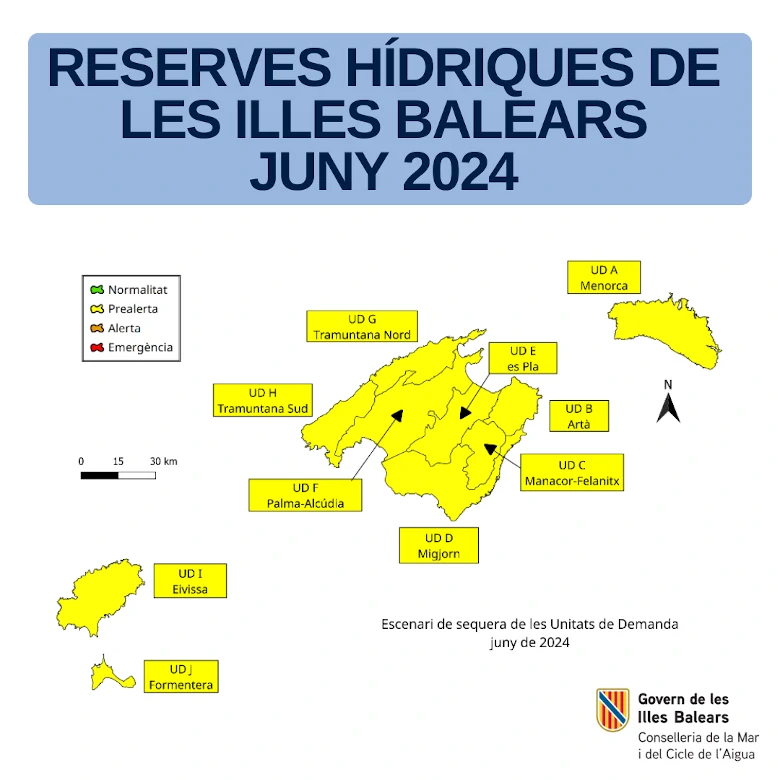

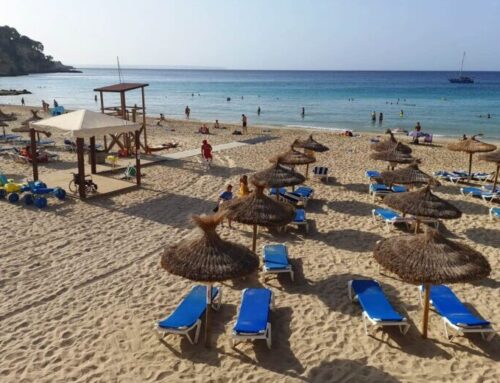

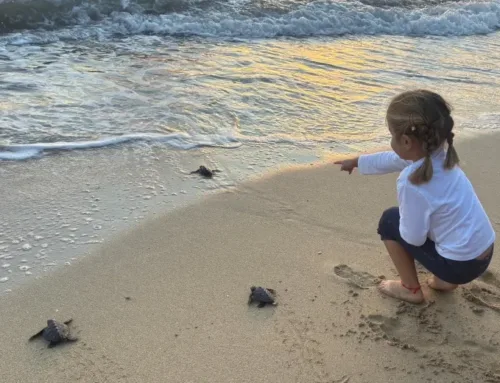
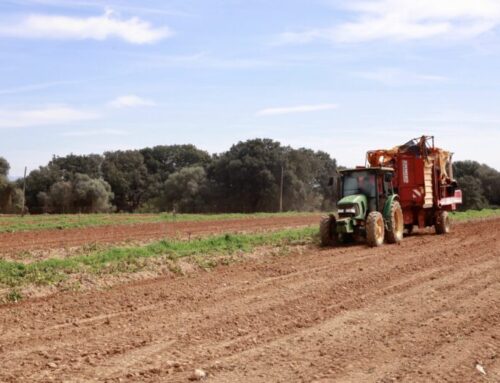
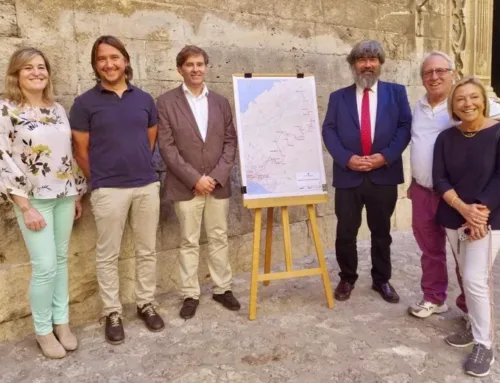

Leave A Comment